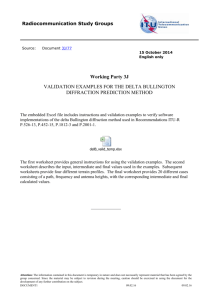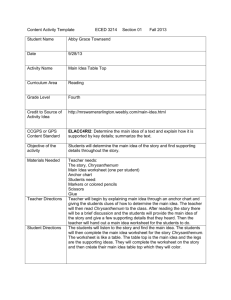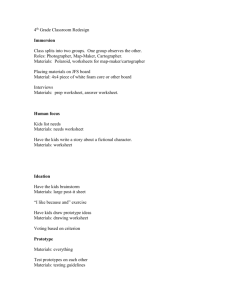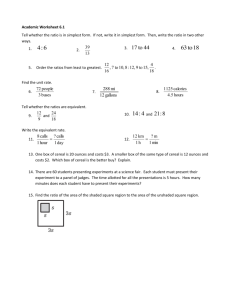Case Instructions
advertisement
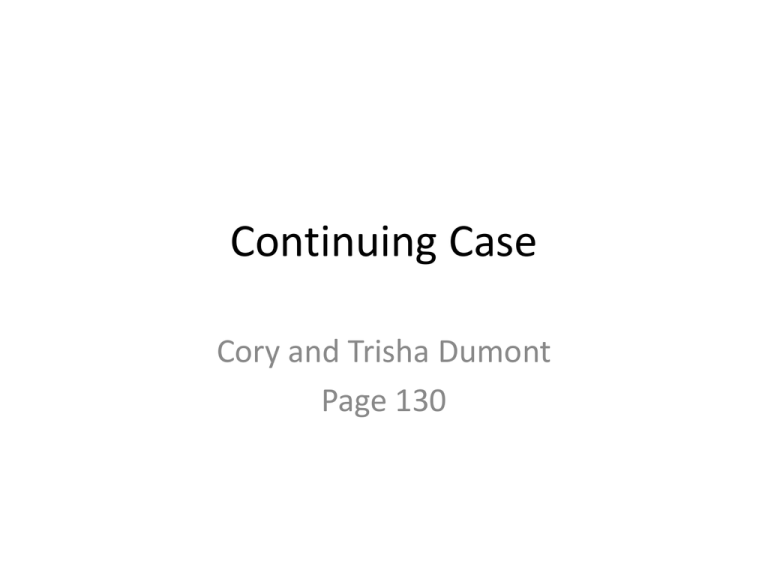
Continuing Case Cory and Trisha Dumont Page 130 Case Instructions • Answer the Following Questions: 1. 2. Be sure to outline the characteristics of this stage, ex: family formation, goal setting - chapter 1 No worksheet needs to be completed but be sure to identify their short term, intermediate, and long term goals 3. 4. Short term – less than a year, ex: begin savings to accumulate an emergency fund – you should have 6 goals Intermediate – 1-10 years – ex: continue saving for retirement and home purchase, review estate plans as family changes – you should have at least 8 goals Long term – greater than a 10 years – ex: save for child’s education, review estate planning as family situation changes – you should have at least 4 goals Worksheet 5 is Income Statement (use the worksheet as an example – each one of you should have a copy of the worksheet). Total Net Income should be $ 62, 100; Total Living Expenditures should be $ 58,397 Create Balance Sheet (you can use Worksheet 3 as an example). Total Monetary (Current) Assets should be $ 4,400, Total Assets (Current and Long Term) should be $ 78,300; Current Liabilities should be $ 1,300; Total Debt/Liabilities should be $ 27,725; Net Worth = $50,575 Case Instructions Cont’d 5. Show your calculations! Interpret what each of these ratios mean. Use answers to case 5 on page 59 as an example. This is what you should get for the ratios: a. b. c. d. e. Current ratio = 3.39 Covered ratio = 0.90 Debt ratio = 35% Long term debt coverage ratio = 2.35 Savings ratio = 6% 6. Provide your recommendation based on the results of the above ratios, ex: are they in good financial health, what about their liquidity, what about their spending habits, should they seek to acquire more debt, should they increase their savings.. Etc. 7. Answer the question as instructed.
